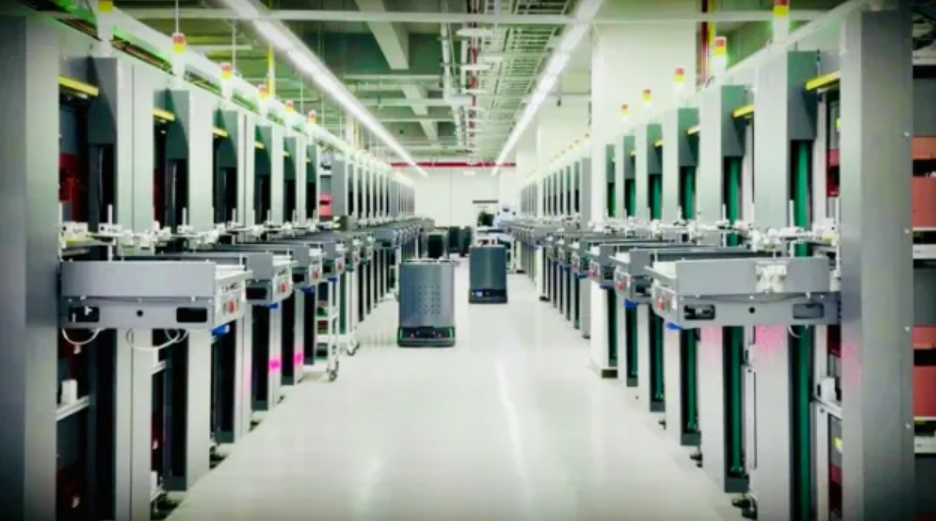Trump Tariffs Unleash Shift in Global Economy
Economists warn could yield higher prices, retaliation, and limited economic gains. In a move signaling a decisive shift in global economic policy, under the International Emergency Economic Powers Act of 1977, United States President Donald Trump has implemented sweeping new tariffs on imports, ushering in what he termed a “Liberation Day” for the American economy.
Announced yesterday, these measures include a baseline tariff applied universally alongside higher, “reciprocal” duties targeting nations deemed to have engaged in unfair trade practices. This broadside against the established international trade order has ignited concerns worldwide regarding its potential ramifications for economic growth, consumer prices, and the intricate web of global supply chains, particularly within the electronics sector.
Dawn of protectionism
The newly imposed tariff regime, which will take effect on April 5, comprises a 10% levy on imports from all countries. Complementing this universal duty are higher reciprocal tariffs, ranging from 10% to 50%, applied to imports from 60 nations identified as having the most significant trade deficits with the United States. These targeted tariffs are calculated based on the White House Council of Economic Advisers’ assessment of the total tariffs and non - tariff barriers these countries impose on American goods. Among the most significant reciprocal tariffs is the 34% duty levied on goods from China, which, when combined with existing tariffs, raises the total levy on Chinese imports to at least 54%.

President Trump justified these actions by asserting that they would correct years of “unfair” trade practices and prevent other countries from “ripping off” the U.S. Speaking from the White House, he stated, “We’re going to be charging a discounted reciprocal tariff of 34%” on China. He further explained that the calculations reflected “a combined rate of all their tariffs, non - monetary barriers and other forms of cheating,” with China allegedly charging tariffs of 67% to the U.S. This figure included the effects of currency manipulation and trade barriers.
Anticipating the consequences
The announcement of these tariffs triggered considerable apprehension regarding their potential to destabilize the global economy. Ursula von der Leyen, president of the European Commission, stated that the global economy would “massively suffer” from the U.S. moves. “Millions of citizens will face higher grocery bills. Medication will cost more as well as transportation, [and] inflation will go up.”

Von der Leyen emphasized that “reaching for tariffs as your first and last tool will not fix” problems in the global trade system and cautioned that the tariffs would “hurt consumers around the world.”
The EU has also indicated its readiness to retaliate against the 20% tariff imposed on the bloc, granting a four - week negotiation window before considering further action. Predictably, many affected nations have vowed to respond. China has condemned the tariffs as “an act of bullying” and asserted that it would take “resolute countermeasures to safeguard its legitimate rights and interests.” The Chinese foreign ministry spokesman, Guo Jiakun, stated, “Trade and tariff wars have no winners, and protectionism leads nowhere.”
Concerns rise about the prospect of shrinking world trade and a slowdown in economic growth, which could lead to recessionary pressures. Richard Fontaine, president of the Center for a New American Security, warned, “If you impose tariffs on one country, like China, at least you have other markets available to you. If you impose them on everyone, then you have only your own market to rely on”. He further added that historically, countries pursuing such policies have “usually ended up giving themselves lower economic growth, lower employment, higher prices, less quality.”
Tariffs might fall short for the U.S.
Despite the Trump administration’s aims, the effectiveness of these tariffs in revitalizing the American economy and rectifying trade imbalances is far from certain. Critics argue that tariffs are taxes on domestic consumers and businesses, leading to higher prices for imported goods and potentially domestically produced goods as competition shrinks.
The editorial board of the Wall Street Journal noted that President Trump is making a “deliberate decision to transfer wealth from consumers to businesses and workers protected from competition behind high tariff walls.” Over time, this shielding from global competition could lead to a “gradual erosion of U.S. competitiveness” by blunting the incentive to innovate and improve efficiency. The Economist went further, calling it “Ruination Day.” “Donald Trump announced the biggest break in America’s trade policy in over a century and committed the most profound, harmful, and unnecessary economic error in the modern era.”
Furthermore, the imposition of unilateral tariffs risks triggering retaliatory measures from trading partners, which would harm American exports. As the WSJ editorial pointed out, “U.S. exports will suffer directly from retaliatory tariffs. And they will suffer indirectly as other countries strike trade deals that give preferential treatment to non - U.S. firms”. The experience with previous tariffs imposed by the Trump administration supports this concern, as countries like Brazil saw a “soybean bonanza” after tariffs on Chinese imports created an alternative market.
Disrupting the electronics global supply chains
The electronics market, characterized by highly intricate and globally dispersed supply chains, stands to be particularly affected by these new tariffs. Many electronic products rely on components manufactured in various countries, with final assembly often occurring in nations with cost advantages, such as China and Southeast Asian countries like Vietnam and Cambodia, which face substantial reciprocal tariffs of 46% and 49%, respectively.
The increased cost of imported components due to the tariffs will likely translate into higher prices for electronic goods sold to American consumers. It could impact the competitiveness of U.S.-based electronics manufacturers that rely on these global supply chains. While some sectors, like semiconductors, have been reportedly exempted from the reciprocal tariffs, the broader disruption to the flow of electronic components and finished goods creates significant challenges. Companies may be compelled to reconsider their sourcing and production strategies, potentially leading to costly and time - consuming adjustments to their supply chains.
“Shifting things around is going to be quite complicated. That process will be slow, expensive and challenging,” argued Derrick Kam, Asia economist at Morgan Stanley. While President Trump hopes these tariffs will incentivize companies to return production to the U.S., re - establishing domestic complex manufacturing ecosystems is daunting. “You can’t just put on tariffs and flip a switch, and all of a sudden, America is an industrial nation again,” Dan Digre, president and chief executive of Misco Speakers, noted, highlighting the dependence of even U.S.-based manufacturers on global supply chains for essential components.
Uncertain future of global trade
President Trump’s new tariff policies significantly depart from decades of U.S. support for globalization, heralding a new trade era characterized by protectionist measures. “Trump’s new tariff onslaught is giving China another opening to use its large market to court American allies,” argued the Wall Street Journal editorial board. “South Korea and Japan are the first targets, but Europe is on China’s list.”
While the administration asserts that these actions are necessary to protect American interests and rectify unfair trade practices, the potential for widespread economic disruption and retaliatory actions looms large. The impact on sectors like electronics, with their deeply embedded global supply chains, underscores the complexity and interconnectedness of the modern international economy. As the world grapples with these new trade barriers, the long - term consequences for global growth, consumer welfare, and the structure of international commerce remain highly uncertain.